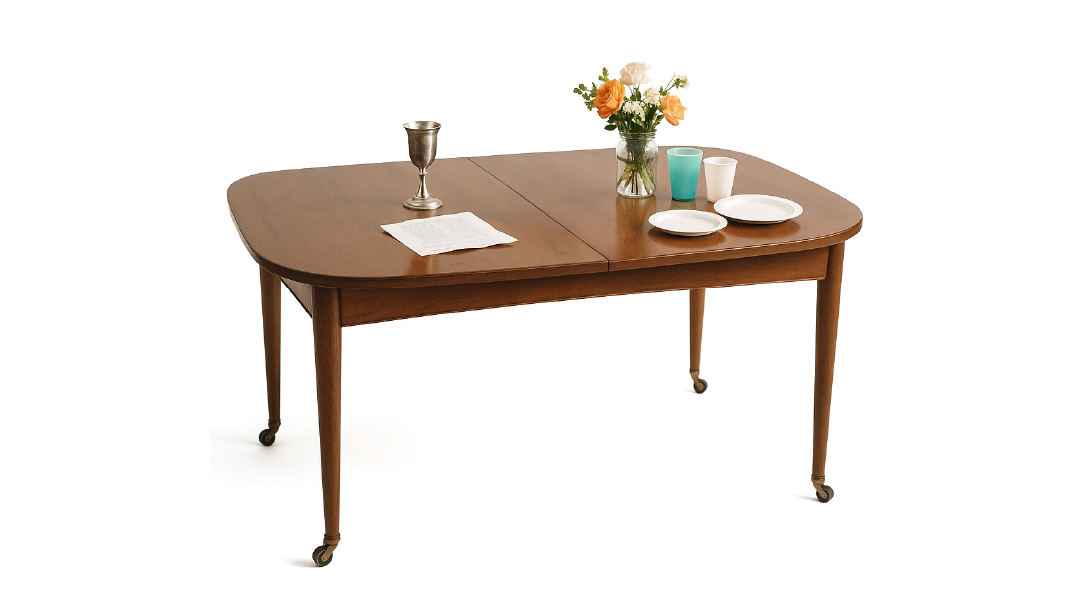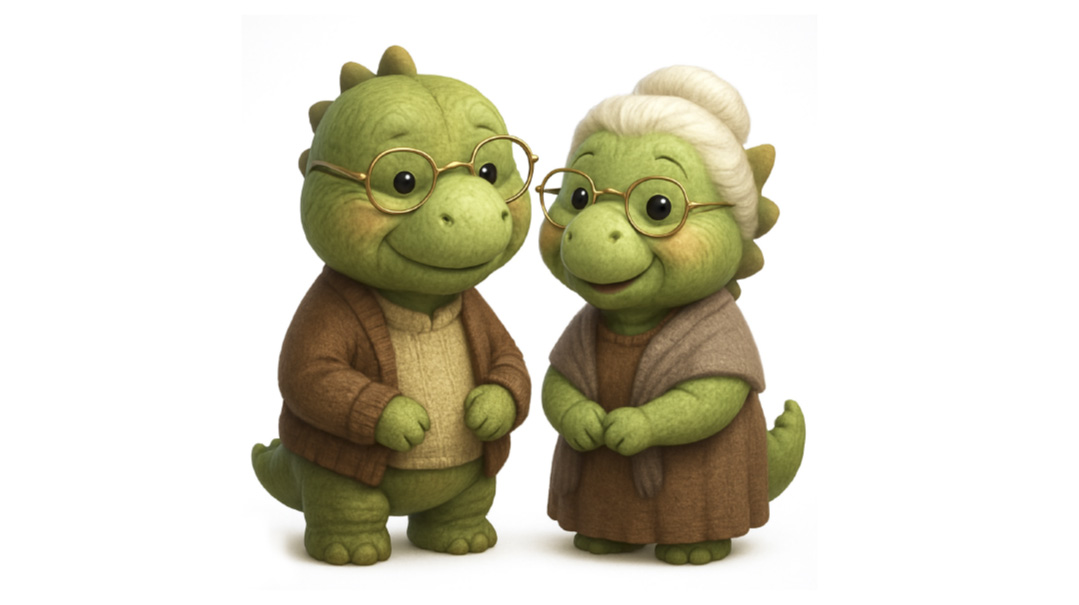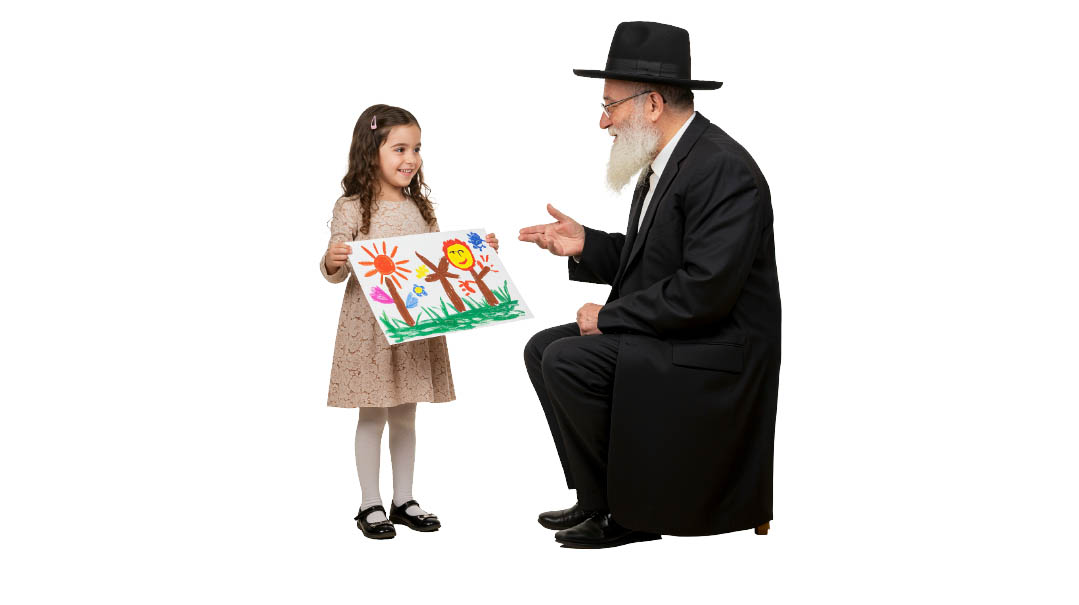A Seat at the Table
| July 1, 2025They don’t make furniture like this anymore

W
e’d officially moved in, and our new dining room was finally big enough to debut the table.
“Mid-century modern is in, right?” I said as my husband and I stepped back to admire the fully extended table.
“Well, it’s definitely mid-century,” I answered myself, “but I’m not so sure about modern.”
We chuckled. Modern it wasn’t, with its legs atop tarnished copper wheels, its curved edges, and lacquered brown wood. Quality, though, it was. Of this, I was reassured by my grandmother, who had gifted it to us after many years of use.
“They don’t make furniture like this anymore,” she told me. “It’s a quality company, and it looks as good as it did fifty years ago.” My grandparents had passed it on to us after moving to Israel. I loved the idea of a physical representation of my grandparents’ years in Atlanta, but for years, it remained in storage.
But now, here it was, in all of its mid-century-not-modern, 127 inches of glory.
I happily sent my grandmother a picture of the table in our new dining room.
She sent a message back: “Just for your amusement, among the distinguished guests we hosted with it were Chief Rabbi Jakobovits and his wife, Lady Amelie. It was one of the only times I didn’t use a plastic over my tablecloth. After the fish course, Lady Amelie jumped up in her elegant suit and insisted on rinsing the plates….”
I smiled at the imagined scene — an intimate meal with the chief rabbi of England and his wife. What conversation must have taken place at that meal! Their words had been both lofty and relatable, I was sure of it. What I would have done to be a fly on the wall — or better yet, a Kiddush cup perched atop this very table.
This image in my mind was dangerously close to perfection. I say “dangerously” because next to that image was my current reality — far less perfect and much more chaotic.
The thought of using the table excited me, but I set that Shabbos table for the first time with trepidation and a deep sense of insignificance.
I wondered if children had ever fought around this table before we sat at it, if sitting “next to Abba” was a coveted spot, and if reminders about proper Shabbos table middos ever needed to be doled out.
Somehow, I didn’t think so. I couldn’t imagine my chaos existing alongside my grandparents and their regal company. Although I’m assured it’s all normal, sometimes, I wonder what we’re doing wrong — and how we can better run our home.
IT
turns out this table really is a quality piece of furniture. It hasn’t changed since we started using it three years ago. In fact, it’s in such good condition that I might pass it along to one of my own granddaughters one day. Admittedly, my message to her would likely be a bit less exciting.
“Just for your amusement, among the many fights that took place around the table was the one where your own mother claimed she was sure no other family had such ‘crazy’ Shabbos meals.”
I predict this with an edge of sarcasm, but there’s humor, too. Of course, if I’m honest, there will be so much more I can tell my one-day granddaughter about this table.
“Just for your amusement, I mostly used paper and plastic at that table, with homemade centerpieces and parshah sheets lining the length of it.”
“Just for your inspiration, our shy kindergartener transformed into a self-assured eight-year-old who confidently read his devar Torah at this table each week.”
Maybe I’ll be able to recall transformations that still lie ahead: “Our moody teenager learned to embrace the idea that the chaos around her was, in essence, a sign of life and happiness.”
Or more importantly still: “Just for your reassurance, among the middos I worked on at this table was acceptance. Acceptance of who my children were. Acceptance of myself and my abilities (or lack thereof). Acceptance of my husband and how he ran our meals and parented our children.”
I can safely say that the meals we host will never have the elegance or distinction of the ones before. But I do know this: Our table is alive. It’s worn, not with age, but with story — with sticky fingerprints and crumpled parshah sheets, with songs that start off-key and end in laughter or tears. I’m proud of what we’ve done with our inheritance. It’s not about replicating what once was, but about infusing it with new life.
One day, I hope my granddaughter finds herself standing at this table, uncertain and hopeful, setting places for her own messy, growing family. And I hope she knows then that she already belongs.
Because, like those who came before her, she’ll always have a seat at the table.
(Originally featured in Family First, Issue 950)
Oops! We could not locate your form.







